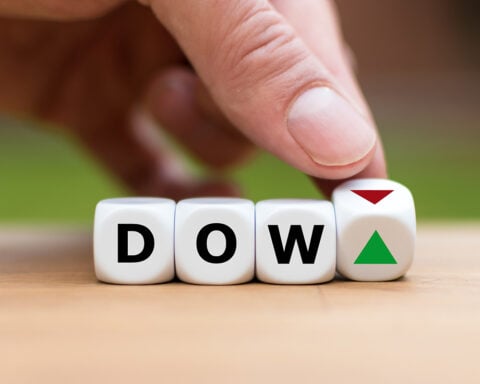In a positive development for the US economy, wholesale prices rose only modestly in April, signaling a potential easing of inflation pressures.
The producer price index, which measures wholesale prices, increased by 0.2% from March to April, primarily influenced by falling prices for food, transportation, and warehousing.
Lowest Increase in Wholesale Prices since January 2021
Compared to the previous year, wholesale prices saw a 2.3% increase, marking the lowest figure since January 2021. This decrease was mainly attributed to lower energy prices, which helped alleviate inflation concerns.
It is important to note that the producer price index is used to calculate the Federal Reserve’s preferred inflation gauge, the personal consumption expenditures index.
Core Inflation Slows for the Seventh Consecutive Time
Core wholesale inflation, which excludes food and energy prices, rose by 0.2% from March and 3.2% from the previous year, marking the seventh consecutive slowdown.
This indicates a more controlled inflationary environment, providing a sense of relief to policymakers and economists.
Mild Producer Price Figures: Positive News for the Fed
The mild increase in producer prices comes as positive news for the Federal Reserve in its ongoing battle against inflation. With the Fed having raised interest rates 10 times in 14 months, policymakers may now consider pausing to assess the impact on both growth and inflation.
This cautious approach demonstrates the Fed’s commitment to striking a balance between sustaining economic growth and keeping inflation in check.
Consumer Inflation Exceeds the Fed’s Target
While wholesale prices remained relatively subdued, consumer-level inflation experienced a more significant increase. Core prices, excluding food and energy, rose by 0.4% from March to April, surpassing the Federal Reserve’s annual inflation target of 2%.
Despite the rise in consumer inflation, the overall inflation rate dropped to 4.9% from its peak of 9.1% in June 2022. However, it still remains above the Fed’s desired target level.
Slower Economic Growth and Housing Market Challenges
The US economy experienced a slowdown in the first quarter, with economic growth reaching a modest 1.1% annual rate. This deceleration, coupled with higher borrowing costs resulting from interest rate hikes, negatively affected sectors such as housing.
The housing market witnessed declining sales and investment, highlighting the impact of increased borrowing costs on the industry.
Strong Job Market amidst Banking Sector Turmoil
Despite the challenges faced by the housing market, the job market remains robust. The unemployment rate is currently at a 54-year low of 3.4%, indicating a healthy labor market. However, recent turmoil in the banking sector poses a potential threat to the overall economy.
In light of these risks, the Federal Reserve will closely monitor the situation and may suspend rate hikes to mitigate any adverse effects on the economy.
Looking Ahead
As wholesale prices rise modestly and core inflation slows down, the US economy finds itself in a more favorable position to combat inflationary pressures. The Federal Reserve’s cautious approach, along with a healthy job market, contributes to maintaining economic stability.
While challenges persist, such as the housing sector’s struggles and potential banking sector turmoil, policymakers are committed to carefully navigating these risks and ensuring sustained growth while keeping inflation in check.







